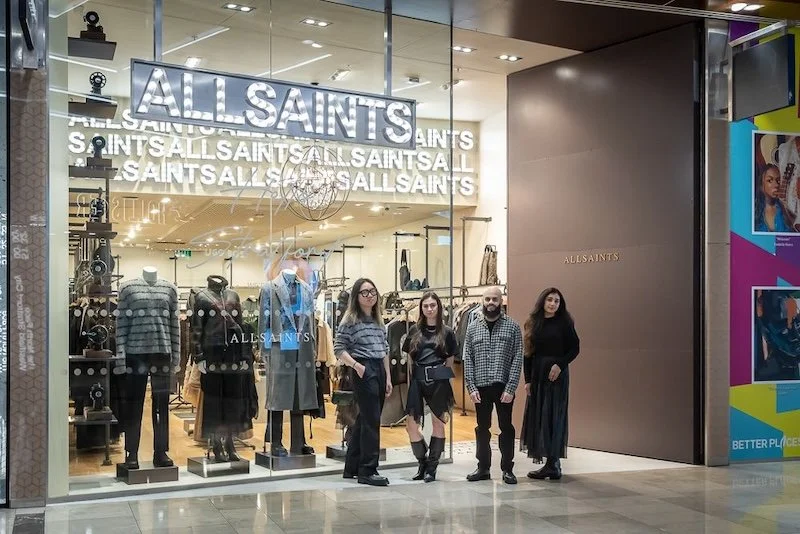The rise of AR in retail: merging digital with physical
Augmented reality (AR) is transforming the retail landscape by seamlessly merging the digital and physical worlds. This technological evolution mirrors innovations seen in industries like online betting, where advanced features are redefining user engagement and creating immersive experiences.
Similarly, retailers are increasingly adopting AR to enhance customer engagement, improve shopping experiences, and drive sales.
A New Era of Shopping
AR technology overlays digital information onto the real world through devices like smartphones and AR glasses, offering an interactive experience that traditional shopping cannot match.
Retailers have recognised the potential of this technology to bridge the gap between online and offline shopping. With AR, customers can visualise products in their own environment before making a purchase, reducing the uncertainty that often comes with online shopping.
One of the most popular applications of AR in retail is virtual try-ons. Clothing and accessory brands use AR to allow customers to see how products will look on them without physically trying them on. This not only enhances the shopping experience but also reduces return rates, a significant issue for online retailers.
Enhancing In-Store Experiences
In physical stores, AR can bring products to life, offering detailed information and rich content that enhances the shopping experience. For instance, furniture stores use AR to show customers how a piece of furniture would fit and look in their home. This interactive approach gives customers confidence in their purchase decisions and increases their satisfaction.
Retailers are also using AR to gamify the shopping experience. By creating engaging and interactive AR games, stores are attracting more foot traffic and encouraging longer visits. This approach is reminiscent of how cryptocurrency casinos have integrated gamification to engage users, blending entertainment with commerce in innovative ways.

AR and Personalisation
One of the most significant advantages of AR in retail is its ability to personalise the shopping experience. With AR, retailers can offer tailored recommendations based on customer preferences and behaviour. This level of personalisation helps build stronger relationships between brands and consumers, leading to increased customer loyalty.
Beauty brands have been quick to adopt AR for makeup try-ons, allowing users to see how different shades and products will look on their skin. This personalised interaction not only enhances customer satisfaction but also helps brands gather valuable data on consumer preferences.
Overcoming Challenges
Despite its many benefits, integrating AR into retail is not without challenges. High development costs, technical limitations, and the need for robust infrastructure can be barriers for some retailers. However, as AR technology becomes more accessible and affordable, these challenges are likely to diminish.
Retailers must also ensure that AR experiences are intuitive and user-friendly. Poorly executed AR applications can lead to frustration and dissatisfaction, ultimately harming the brand's reputation. As such, it is crucial for retailers to invest in quality AR solutions that enhance, rather than detract from, the shopping experience.
The Future of AR in Retail
As AR technology continues to evolve, its applications in retail are expected to expand. The integration of AR with other emerging technologies, such as artificial intelligence (AI) and machine learning, will enable even more sophisticated and personalised shopping experiences. Retailers that embrace these innovations will be well-positioned to meet the changing demands of consumers and stay ahead in a competitive market.
With the ongoing development of AR glasses and other wearable devices, the future of AR in retail looks promising. These advancements will allow for more seamless and immersive experiences, further blurring the lines between digital and physical shopping.
The rise of AR in retail is revolutionisng the way consumers shop and interact with brands. By enhancing the shopping experience, providing personalised recommendations, and merging the online and offline worlds, AR is paving the way for a new era of retail. As technology continues to advance, retailers that harness the power of AR will be well equipped to thrive in the ever-evolving retail landscape.






























Continue reading…